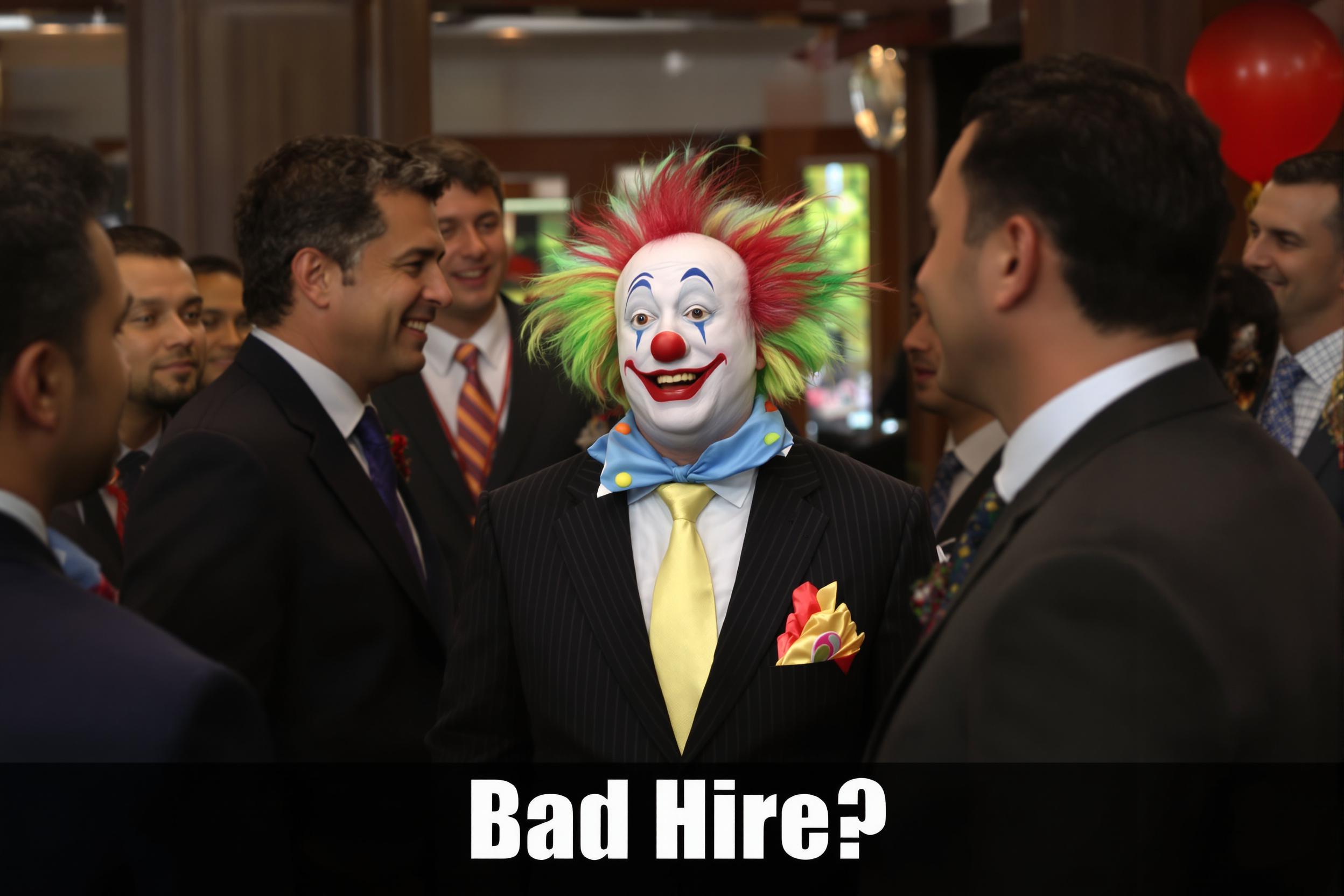
Catch Harness
A catch harness is a safety equipment system used in the film and entertainment industry for performing controlled falls and aerial stunts. It's like a specially designed safety belt or body support that helps stunt performers do falls, jumps, or flying scenes safely. When you see actors appearing to fall from buildings or fly through the air in movies, they're often wearing a catch harness hidden under their costumes. These systems work with cables and rigging to control the performer's movement and prevent injuries. Similar terms you might hear are "stunt harness," "safety harness," or "wire harness."
Examples in Resumes
Supervised safety protocols for 50+ high falls using Catch Harness and Safety Harness systems
Designed and implemented Catch Harness setups for major action sequences in blockbuster films
Trained junior stunt performers in proper Stunt Harness and Catch Harness techniques
Typical job title: "Stunt Riggers"
Also try searching for:
Where to Find Stunt Riggers
Industry Organizations
Professional Networks
Training Resources
Example Interview Questions
Senior Level Questions
Q: How do you assess risk and design safety protocols for a complex catch harness stunt?
Expected Answer: Should explain the process of location assessment, equipment inspection, rehearsal procedures, and emergency protocols. Should demonstrate experience in coordinating with multiple departments and managing safety teams.
Q: What factors do you consider when choosing catch harness equipment for different types of stunts?
Expected Answer: Should discuss weight limits, impact forces, stunt requirements, costume considerations, and how weather conditions affect equipment choice. Should show knowledge of different harness types and their specific uses.
Mid Level Questions
Q: What is your process for inspecting and maintaining catch harness equipment?
Expected Answer: Should describe regular inspection routines, documentation procedures, wear indicators, and when to retire equipment. Should understand maintenance schedules and safety compliance requirements.
Q: How do you train new performers in using catch harness systems?
Expected Answer: Should explain progression of training from basic safety to advanced techniques, including proper fitting, emergency procedures, and communication protocols.
Junior Level Questions
Q: What are the basic safety checks you perform before using a catch harness?
Expected Answer: Should list essential safety checks like harness inspection, attachment points verification, and communication system testing.
Q: Describe the proper way to fit a catch harness on a performer.
Expected Answer: Should explain basic fitting procedures, common adjustment points, and how to ensure proper tightness and comfort while maintaining safety.
Experience Level Indicators
Junior (0-2 years)
- Basic harness fitting and inspection
- Understanding of safety protocols
- Assisting with equipment setup
- Basic stunt preparation procedures
Mid (2-5 years)
- Independent harness system setup
- Stunt sequence planning
- Equipment maintenance and testing
- Emergency response procedures
Senior (5+ years)
- Complex stunt design and coordination
- Team leadership and training
- Risk assessment and management
- Safety protocol development
Red Flags to Watch For
- No formal safety certification or training
- Lack of knowledge about equipment weight limits and ratings
- Unable to explain emergency procedures
- No experience with equipment maintenance and inspection
- Poor communication skills or safety awareness
Related Terms
Need more hiring wisdom? Check these out...

Recruitment in the Fast Lane: How to Adapt Hiring Practices in the Blink of an Eye

Workforce Solutions Aggregators: The Next Big Thing You Didn't Know You Needed

From Passive to Active: Nurturing Candidates Over the Long Haul

